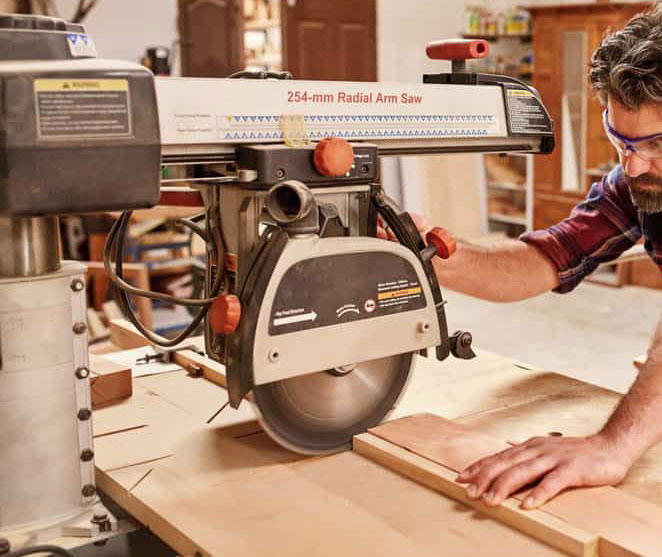Saw Types
Power tool saws are an essential part of any DIY enthusiast or professional woodworker's toolkit. With the ability to quickly and accurately cut through a variety of materials, power saws have revolutionized the way we approach woodworking and construction projects. From circular saws to mitre saws, there are a wide variety of power saws available on the market, each with their own unique features and benefits.
Handheld Saws
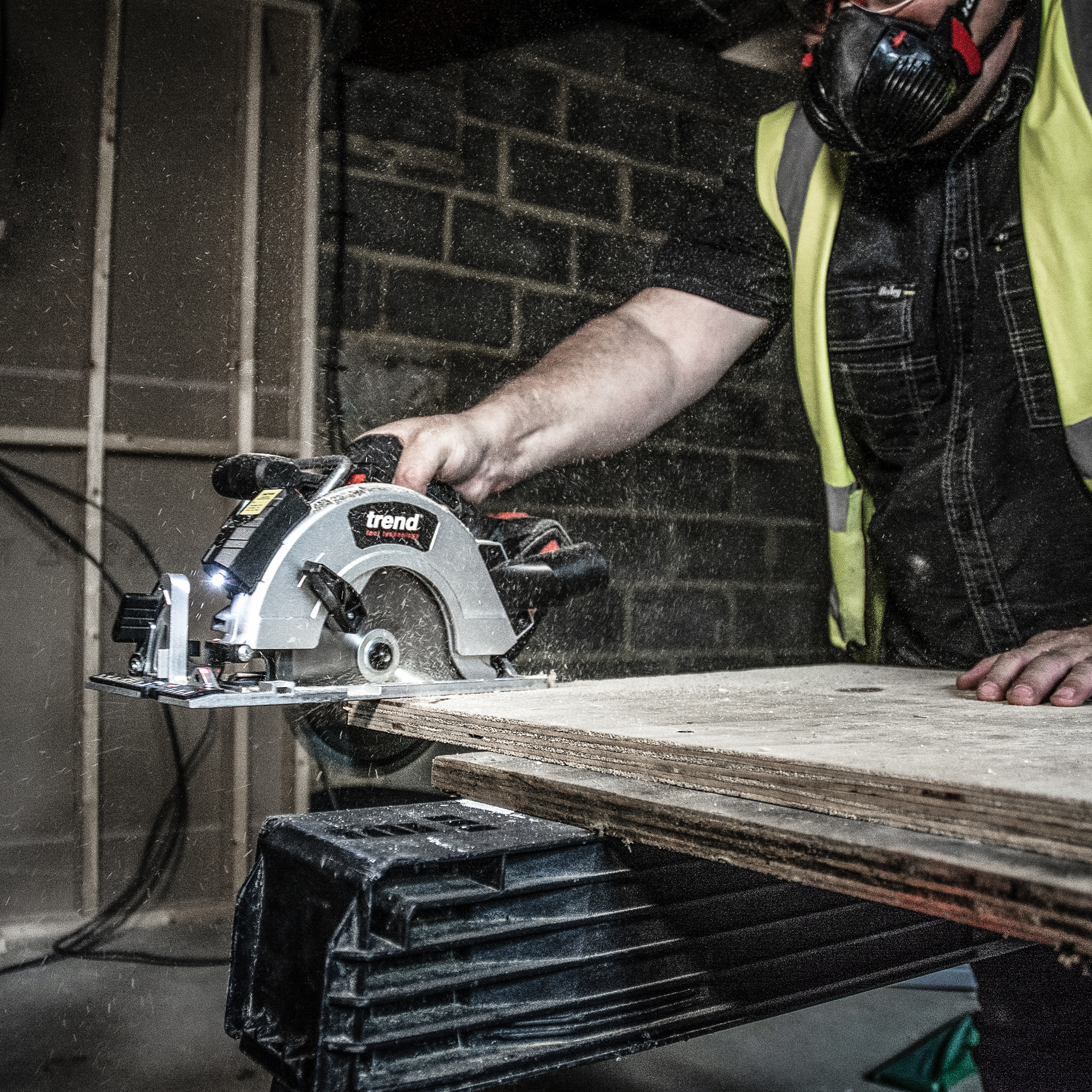

Compact, lightweight, & portable
Can be used for freehand cutting
Ideal for on-site work & cutting in tight spaces
Precise & versatile for making different types of cuts
Bench Saws
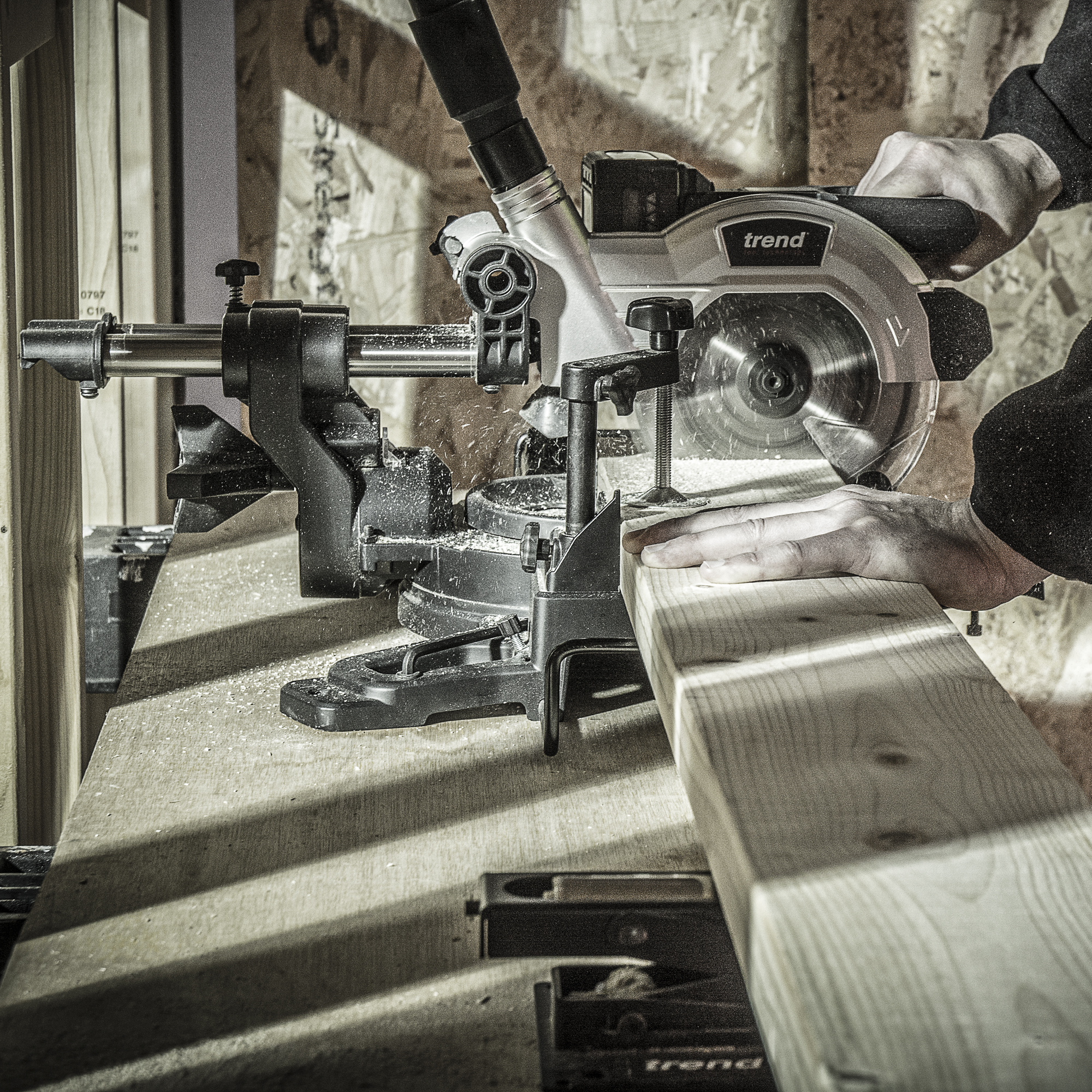

Mounted to a table & workbench for stability & precision
Ideal for making straight cuts & repeatable cuts
Can handle larger & thicker materials
Can be used for cutting angles & bevels
Handheld Saws
Handheld saws, as the name suggests, are designed to be held and operated by hand, without being mounted to a table or workbench. They are often compact, lightweight, and portable, making them ideal for on-site work, cutting in tight spaces, and making precise cuts freehand. Some common types of handheld saws include circular saws, jigsaws, reciprocating saws, and handsaws.
Plunge Saws
A plunge saw, also known as a track saw or rail saw, is a specialised circular saw designed for precision cutting of wood, plastic, and other materials.
Unlike a traditional circular saw that relies on a retractable guard, a plunge saw features a fixed guard that exposes the blade only when the handle is plunged to a pre-set depth. Although some tradespeople may believe that a regular circular saw can be used for plunge cuts, this is not recommended as it lacks the necessary anti-kickback features such as a riving knife and does not deliver the same level of clean, precise cuts as a plunge saw.
Another key feature of a plunge saw is its ability to start cuts anywhere on the workpiece. This is made possible by the plunging action of the saw, which allows the blade to be lowered onto the workpiece at any point. This feature makes plunge saws ideal for making precise cuts on large sheets of material, such as plywood or MDF.
In addition to its versatility, a plunge saw is also designed with a closed face that delivers superior dust extraction. The closed face design helps to direct dust and debris towards the dust port, which can be connected to a vacuum or dust extractor for efficient dust removal. This feature is particularly important for maintaining a clean and healthy work environment, as dust and debris can pose a health hazard to workers.
Plunge saws are typically flat-sided, with the blade mounted at the edge. This design allows the saw to be easily guided along a track or rail system, providing a stable and accurate cutting platform. The flat-sided design also makes plunge saws more compact and portable than traditional circular saws, making them a popular choice for contractors and DIY enthusiasts who need to transport their tools to different job sites.
Plunge saws are a popular tool for making slower, cleaner cuts in a variety of materials. Their ability to make precise, controlled cuts with minimal splintering makes them an ideal choice for finishing work, such as second-fix carpentry.
When it comes to second-fix carpentry, precision is key. Whether you're fitting skirting boards, architraves, or other decorative mouldings, you want your cuts to be clean, accurate, and free from splinters. This is where plunge saws excel. With their fixed guard, ability to start cuts anywhere, and superior dust extraction, they offer a level of precision and control that is hard to match with other cutting tools.
Plunge saws also offer the advantage of slower, cleaner cuts. Because they are designed to plunge into the material, rather than cut through it from the top, they produce less splintering and tear-out than traditional circular saws. This means that you can achieve a cleaner cut, with fewer imperfections and less need for sanding or other finishing work.
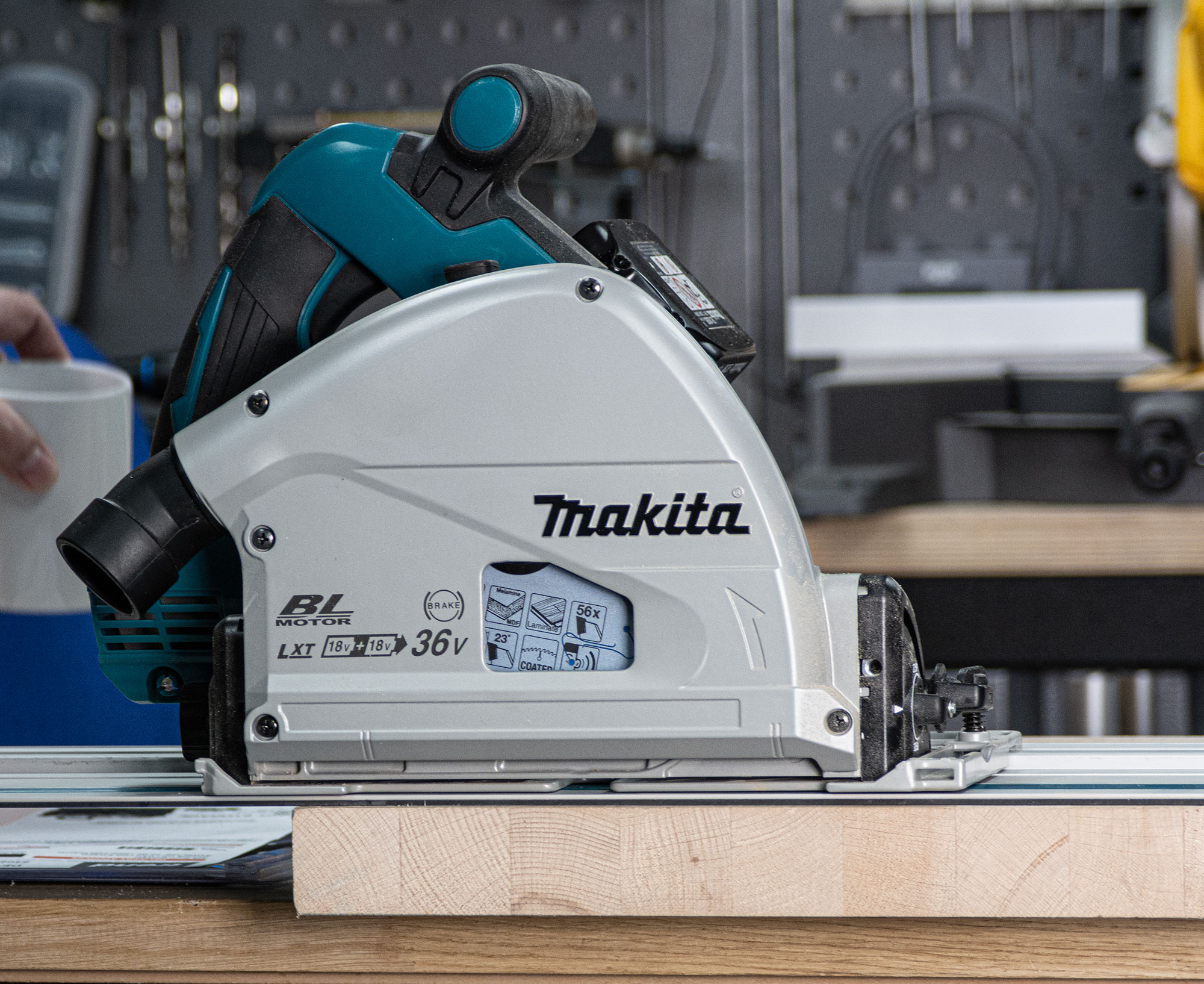

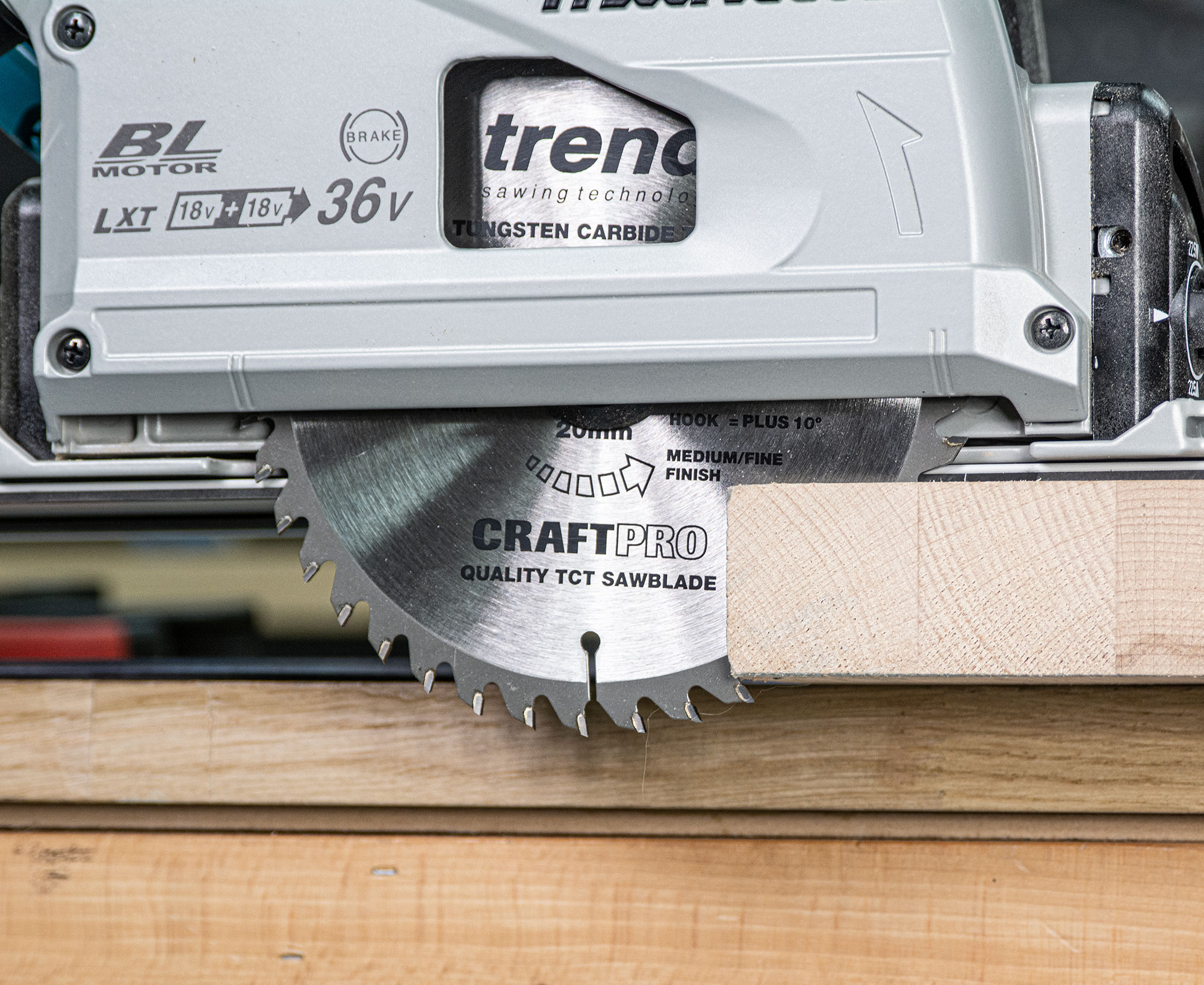

Circular Saws
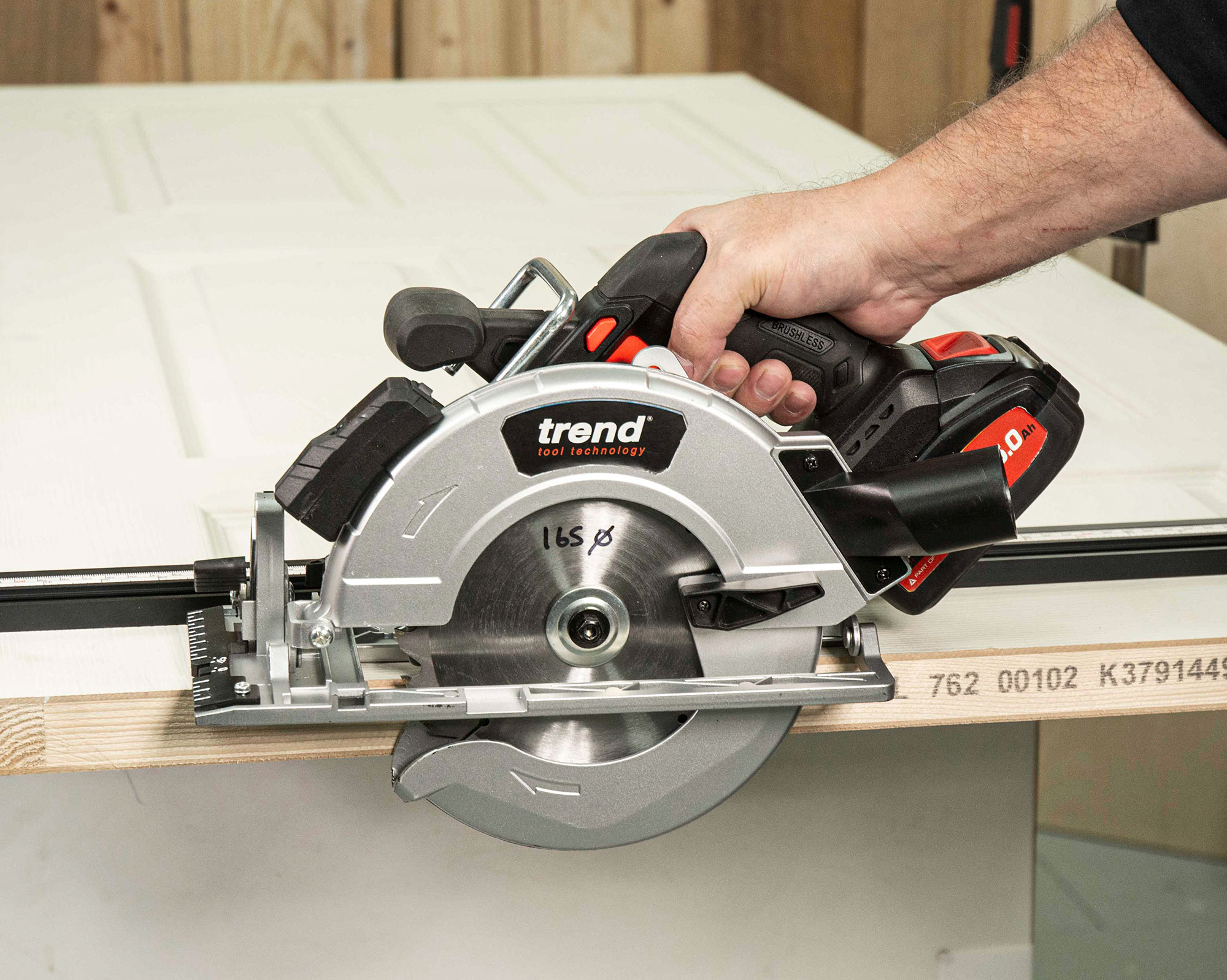

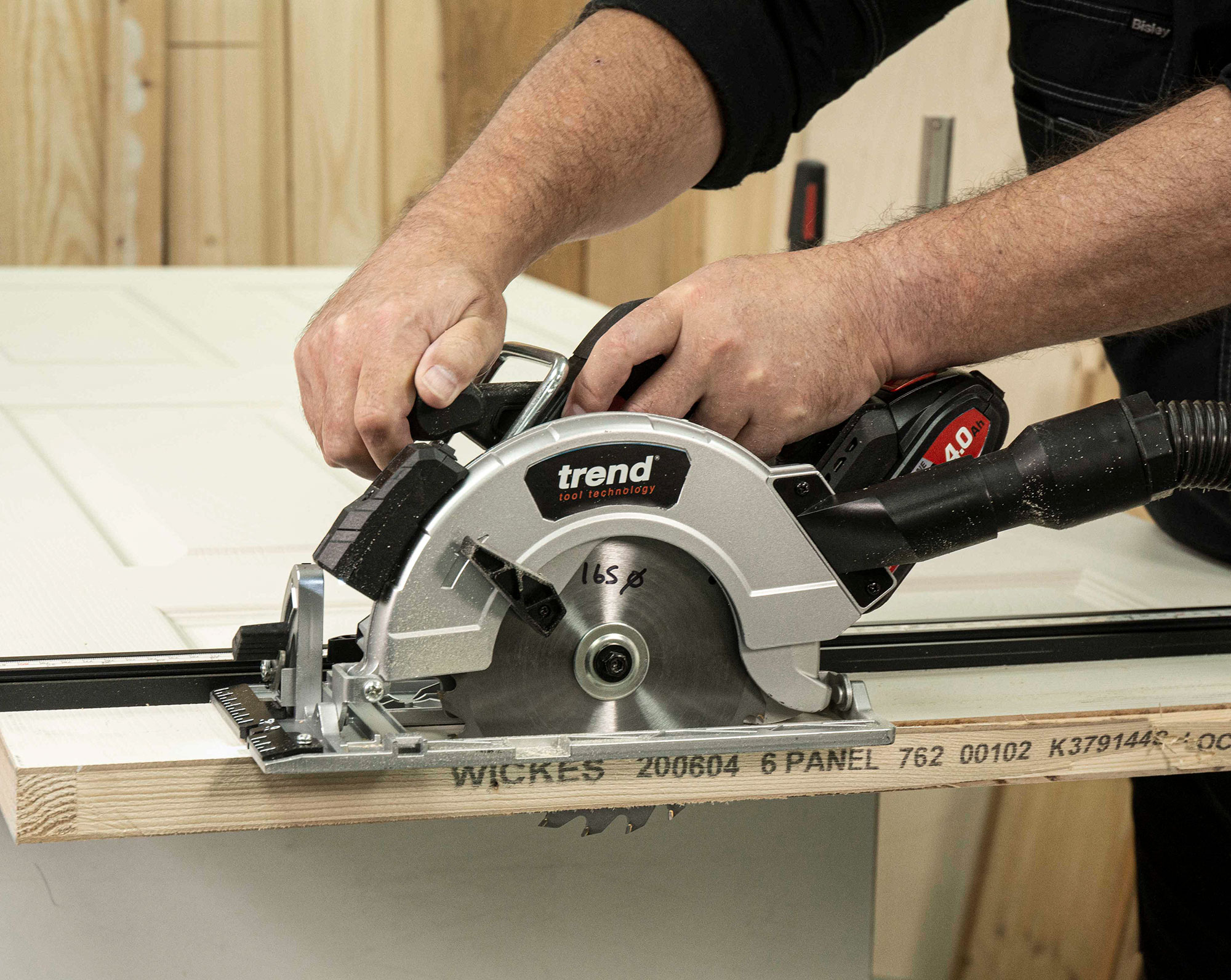

Circular saws are a popular and versatile cutting tool commonly used in construction, woodworking, and other industries. Unlike plunge saws, circular saws feature a retracting guard, which covers the blade during operation and only moves when the saw is cutting. This design provides safety and protection for users and makes it easier to make cuts from the edge of the material.
However, the open-face design of circular saws can sometimes cause dust extraction issues, which can lead to a less clean work environment. Additionally, the blade is often inset within the base of the saw, which can limit stability and control compared to plunge saws.
Circular saws are typically used for framing and cross-cutting, as well as freehand and curve cutting. However, they are not equipped with anti-kickback features, which can make them less safe for use in certain applications. They are also known for producing faster, rougher cuts compared to plunge saws, making them better suited for first fix and rough work.
Overall, circular saws are a versatile and effective cutting tool with a retracting guard, allowing for cuts to start from the edge of the material. However, they are typically used for rougher work and do not provide the same level of precision and control as plunge saws.
Worm Drive Saws
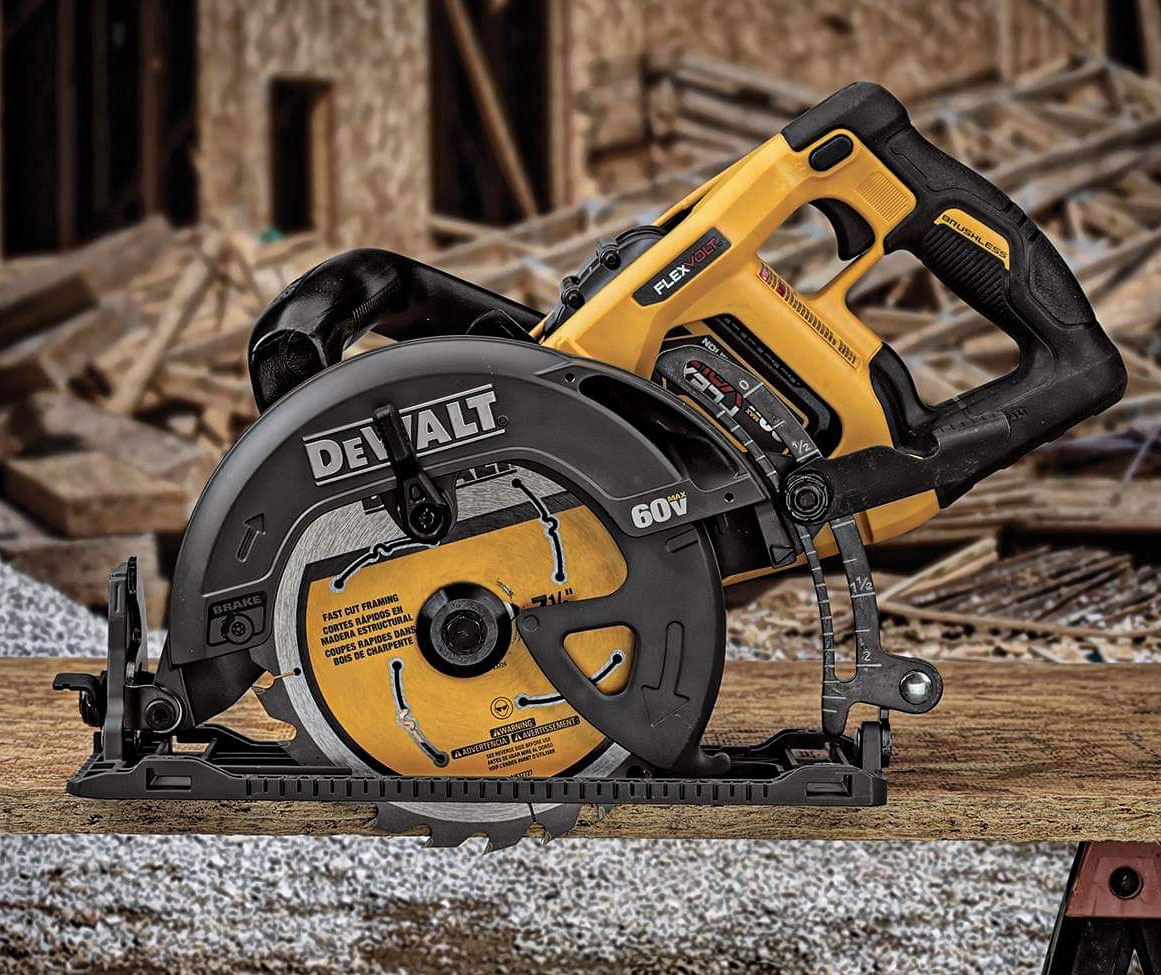

Worm drive saws are a type of circular saw that is designed with a unique motor and blade configuration, making them a popular choice for professionals in the construction and woodworking industries. One of the most notable features of worm drive saws is that the motor is positioned behind the blade, which creates a slim form-factor and allows for greater control and balance during use.
Additionally, the handle of a worm drive saw is positioned at the rear, which provides a longer reach for users and can be more comfortable for extended periods of use. The slower speed and higher torque of worm drive saws also make them an ideal choice for applications that require greater cutting power, such as cutting wet or very thick timber.
Another benefit of worm drive saws is that they have improved gear durability, which allows them to be used for prolonged periods of time without experiencing wear and tear. This is due to their unique gear system, which is designed to handle the high torque demands of the motor.
Worm drive saws are typically used for applications such as cutting wet timber, framing applications, and ripping very thick timber. Their unique motor and blade configuration make them a popular choice for professionals who require a powerful and durable saw that can handle the demands of their work.
Bench Saws
Bench saws, on the other hand, are designed to be mounted to a table or workbench, providing greater stability and precision for making straight cuts. They are typically larger and heavier than handheld saws, and may require a dedicated workspace or workshop to operate. Some common types of bench saws include table saws, mitre saws and radial arm saws.
Mitre Saws
Mitre saws are a popular cutting tool used in woodworking, construction, and other industries. These saws are designed to make precise angled cuts, commonly used for moulding, trim work, and other finishing applications.
Mitre saws are equipped with a pivoting arm that can be adjusted to a range of angles, allowing for cuts to be made at various degrees. They are also equipped with a rotating circular blade that can be lowered onto the material being cut.
One of the key advantages of mitre saws is their ability to make precise and accurate cuts. They also offer the ability to make repeated cuts at the same angle, thanks to their adjustable pivoting arm. This makes them a popular choice for woodworking projects, such as cutting crown moulding or baseboards.
Miter saws come in several different types, including compound mitre saws and sliding compound mitre saws. Compound mitre saws allow the blade to be tilted to the left or right, making it easier to make bevel cuts in addition to angled cuts. Sliding compound mitre saws, on the other hand, also allow the blade to slide forward and backwards, which enables users to make wider cuts.
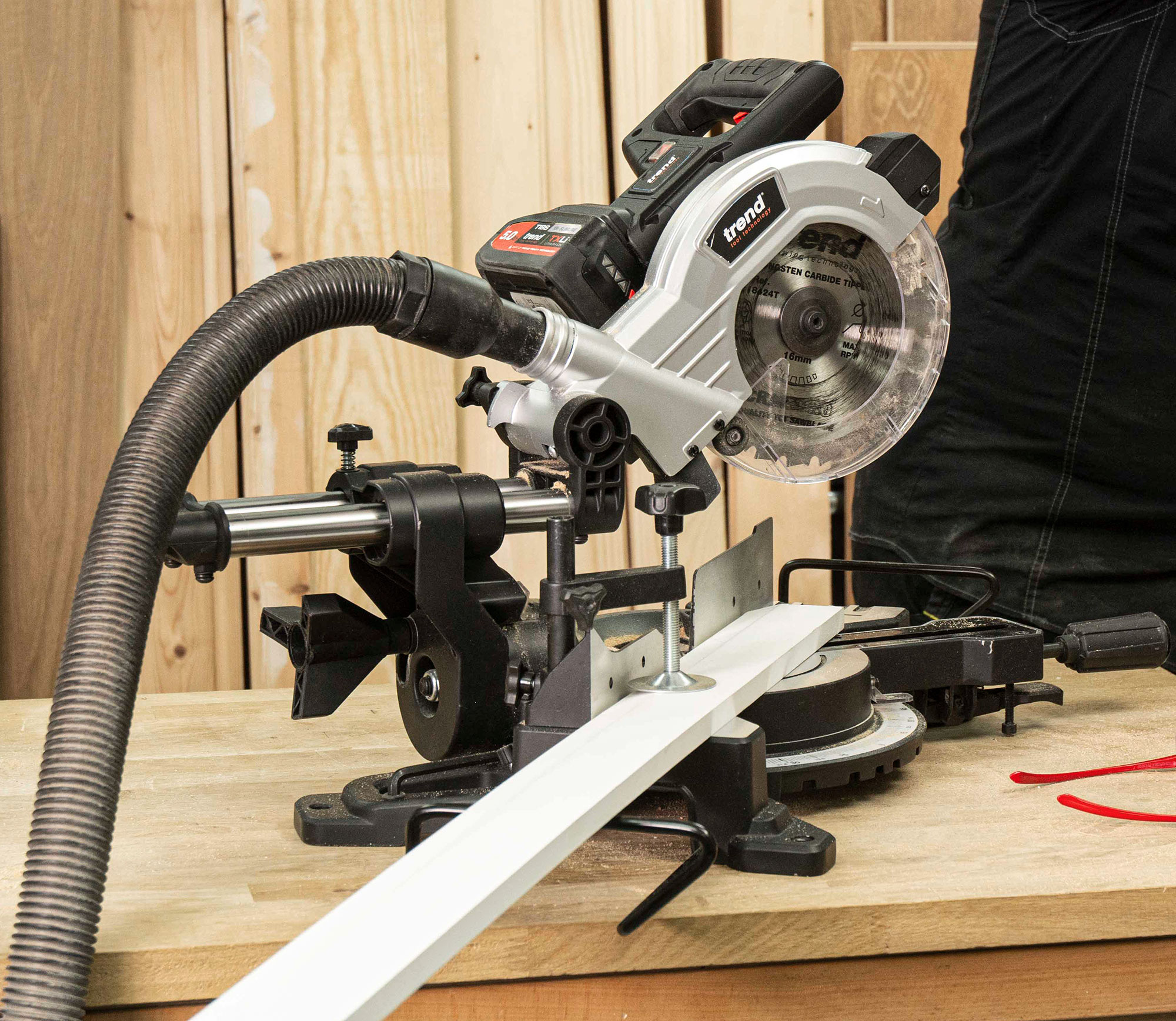

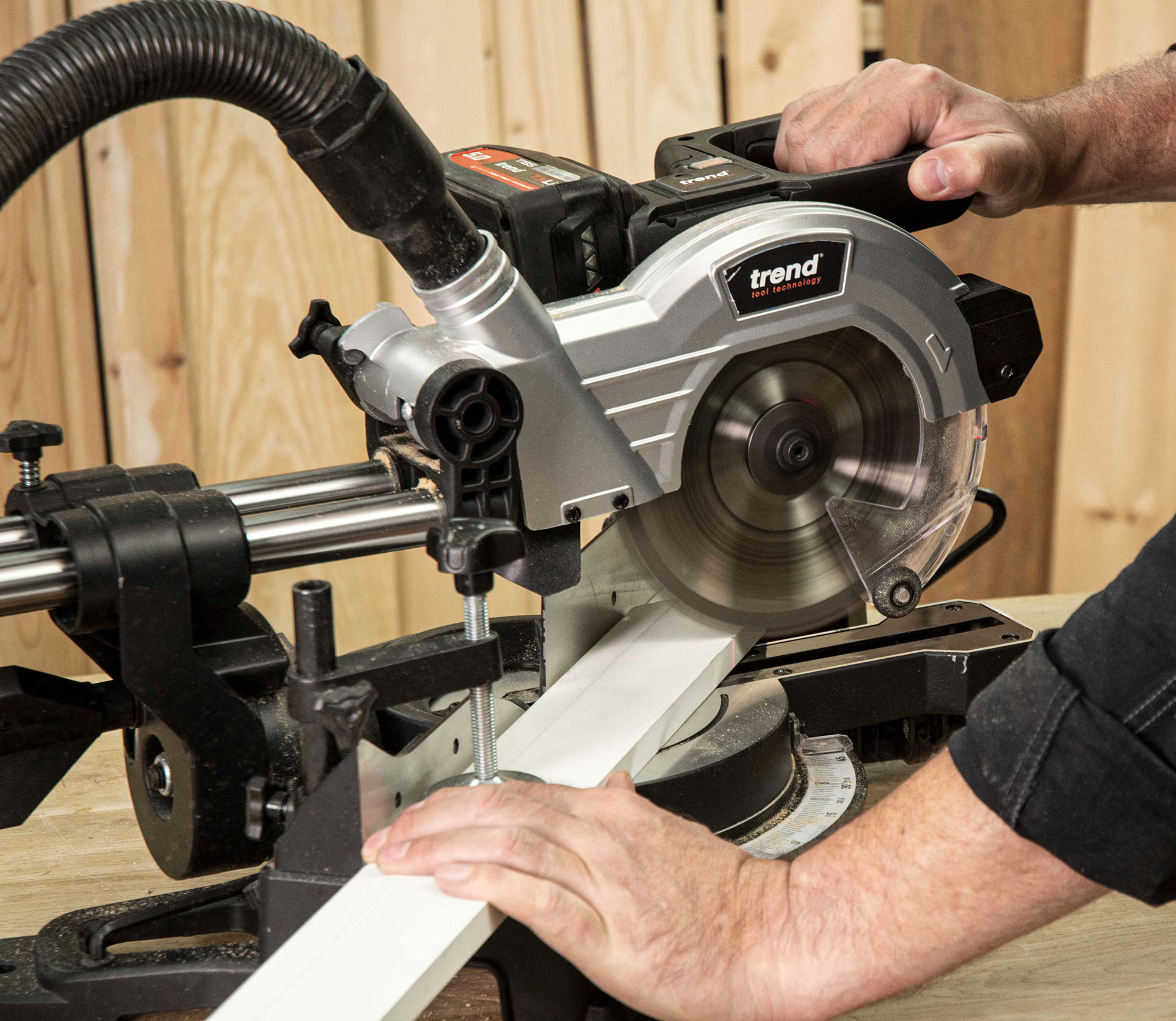

Table Saws
Table saws consist of a circular saw blade mounted on an arbor, which is driven by an electric motor. The blade protrudes through the top of a table, allowing users to make precise cuts by sliding the material over the surface of the table and against the blade.
Table saws are known for their versatility and ability to make a variety of cuts, including rip cuts, crosscuts, and angled cuts. They are also capable of making precise cuts with minimal waste, making them a popular choice for woodworking projects.
One of the key advantages of table saws is their power and precision. They are capable of cutting through thick and hard materials, such as hardwoods and plywood, with ease. Additionally, many models come with advanced features such as adjustable fences and laser guides, which help users to achieve precise and accurate cuts.
Table saws are also efficient and time-saving, allowing users to make multiple cuts quickly and easily. They are also capable of making repeated cuts with consistent accuracy, thanks to their adjustable guides and fences.
There are several different types of table saws available on the market, including portable table saws, contractor table saws, and cabinet table saws. Portable table saws are designed for easy transport and are ideal for DIY and hobbyist projects. Contractor table saws are more heavy-duty and are designed for professionals who need to make precise cuts on a regular basis. Cabinet table saws are the most powerful and feature-rich type of table saw, and are commonly used in professional woodworking and construction environments.
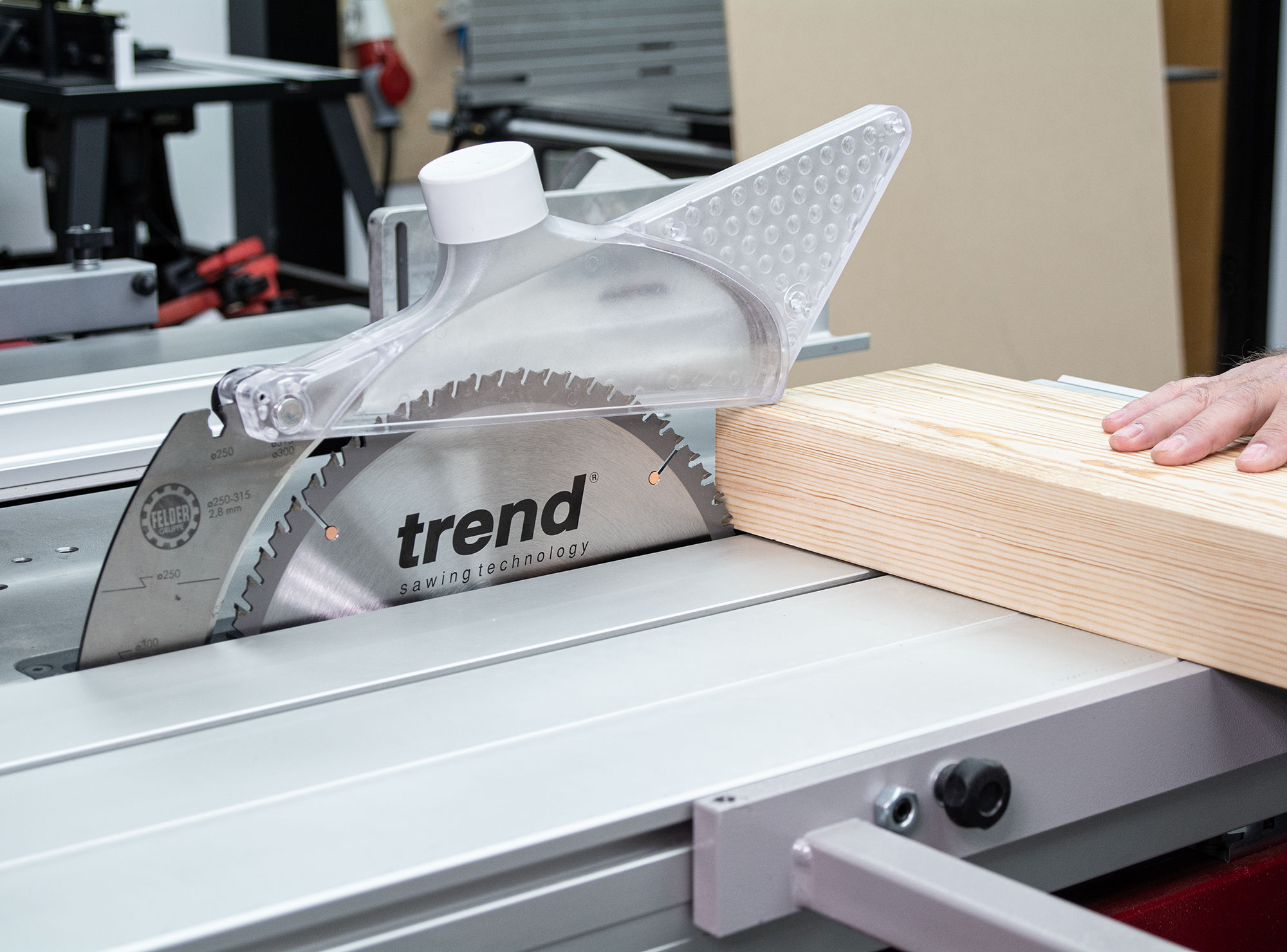

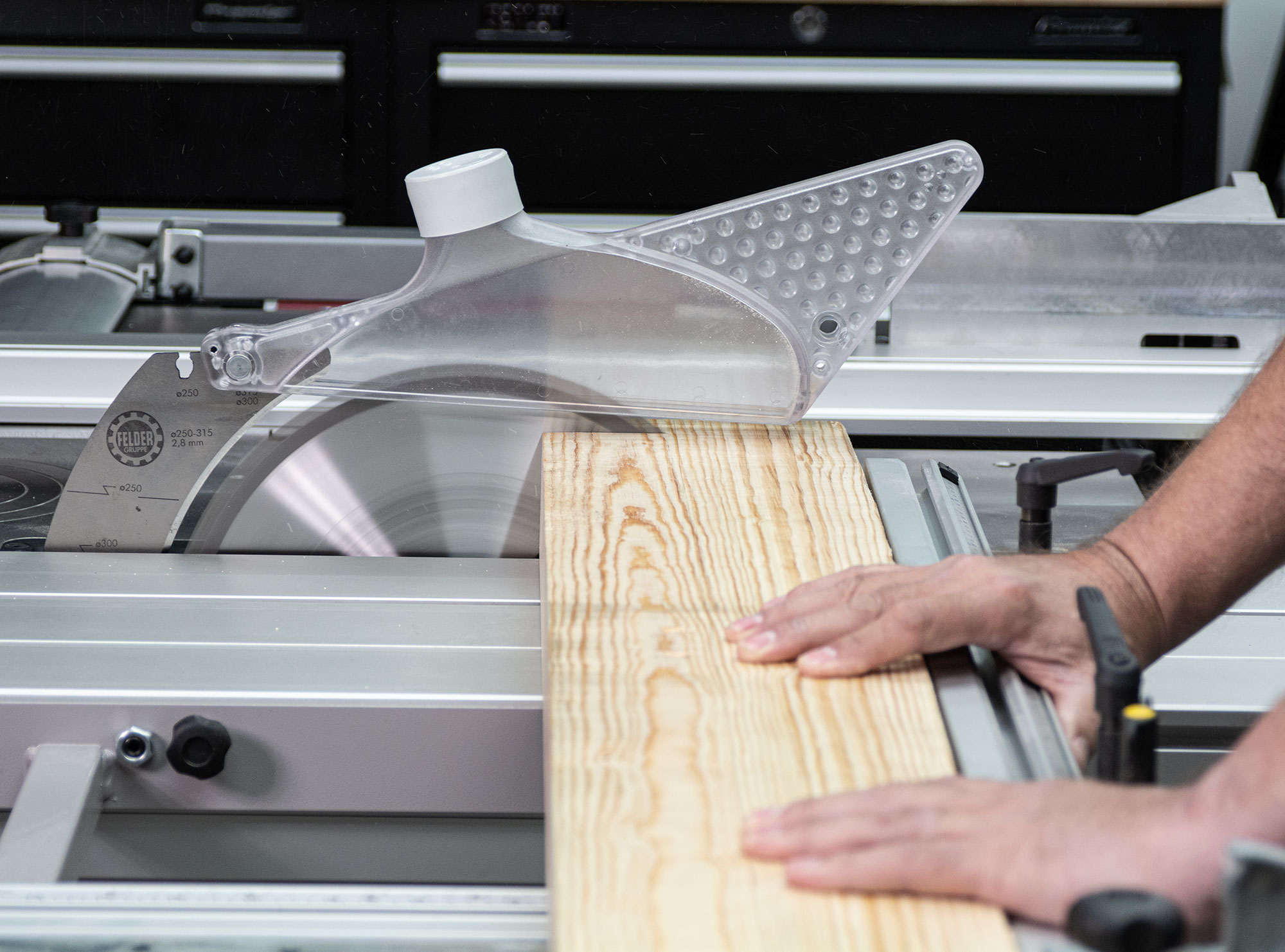

Radial Arm Saws
Radial arm saws are a type of woodworking saw that have a circular saw blade mounted on a horizontal arm that can be pivoted to make crosscuts, rip cuts, and angled cuts. The saw blade is typically mounted on a carriage that runs along the arm, allowing the blade to be positioned at various locations along the arm. The saw is operated by pulling the blade towards the operator, which allows for precise control and accuracy.
One of the key advantages of radial arm saws is their versatility. They are capable of making a variety of cuts, including crosscuts, rip cuts, bevel cuts, and compound cuts. Additionally, many models come with advanced features such as adjustable fences and laser guides, which help users to achieve precise and accurate cuts.
Radial arm saws are also efficient and time-saving, allowing users to make multiple cuts quickly and easily. They are also capable of making repeated cuts with consistent accuracy, thanks to their adjustable guides and fences.
Another advantage of radial arm saws is their ability to perform complex cuts, such as compound cuts, which involve both bevel and angle cuts. This makes them a popular choice for woodworking projects that require precise and complex cuts.
